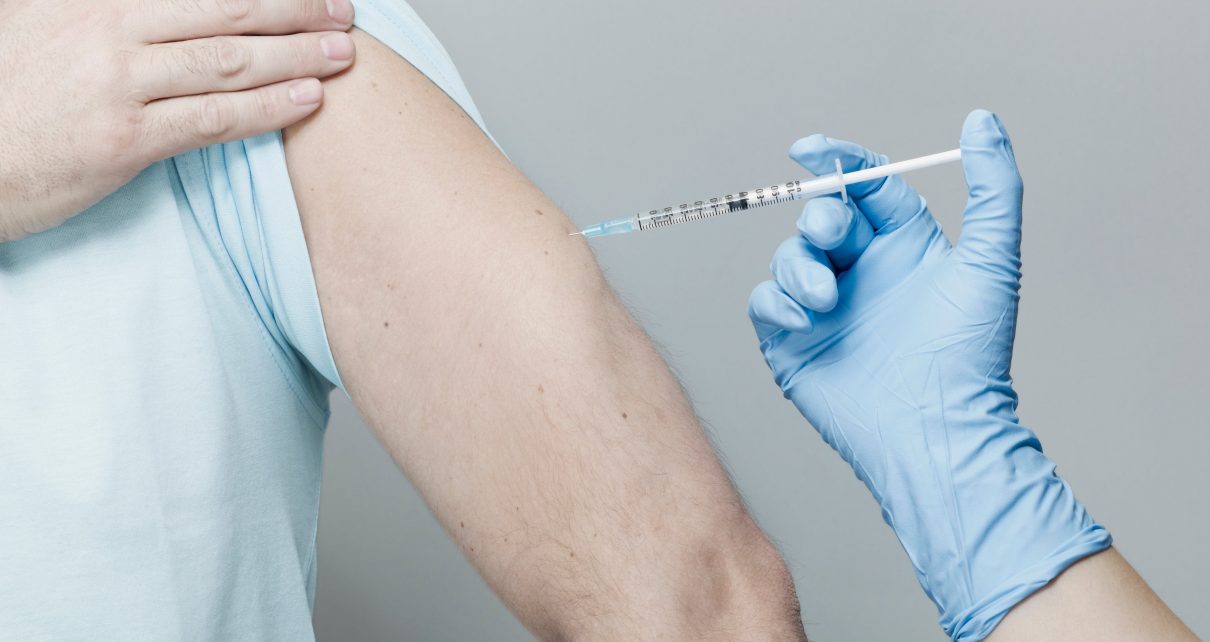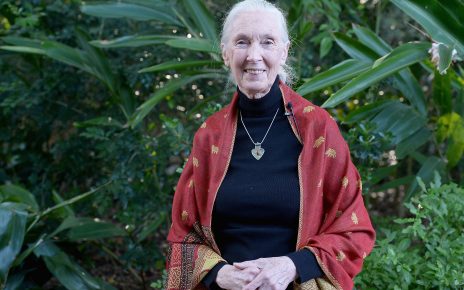The items below are highlights from the newsletter, “Smart, useful, science stuff about COVID-19.” To receive newsletter issues daily in your inbox, sign-up here:
A HealthNewsReview.org critique of coverage of a study (not reviewed by experts) of exhaled respiratory droplets pertains to joggers, walkers, and others engaging in outdoor activities: “New York Times ‘Well’ column is unwell again—this time on pandemic running advice.” By Gary Schwitzer (4/21/20)
Attention is growing around “human challenge” experiments to speed-up the effort to find an effective vaccine against the new coronavirus, reports Ewen Callaway for Nature (4/22/20). Such experiments involve vaccinating a small group of volunteers who then are intentionally infected to see if the vaccine is effective. One effort, called 1DaySooner, has enrolled 1,500 volunteers willing to be infected with SARS-CoV-2 for such an experiment.
Maggie Koerth’s 4/21/20 story for FiveThirtyEight dives into a frustration surrounding the large numbers of tests related to COVID-19 now available for sale in the U.S.—both viral swab, or direct, tests (to look for the current presence of the virus) and antibody/serology, or indirect, tests (to look for immune response to previous exposure to the virus). Despite the dozens of tests approved by the U.S. Food and Drug Administration on an emergency basis, the number of tests performed is nowhere close to the targets that experts say are needed to ensure safe re-opening of locked-down communities in the U.S. (safe re-opening seems to refer to avoiding unmanageable resurgences of COVID-19). The story explores the roots of this gap, including shortages of labor and of chemicals needed to run the direct tests.
A total of 86 projects to develop a vaccine to protect against the new coronavirus currently are active, according to a 4/20/20 story by Kari Oakes for MDEdge. The story explains why vaccine discovery takes so long and how flexible research designs are speeding up the process, which typically has taken from 10 to 20 years in the past.
Check out this data visualization (load the page and then watch about 20 seconds for the interactive to run to the end), by Alex Estrella for Flourish, which illustrates how COVID-19 stacks up against other average daily causes of death in the U.S. Remember, this is based on limited testing, diagnosis, and accounting of cases and deaths, during widespread lockdowns, (so, the numbers otherwise would be even higher). This month, COVID-19 became a leading cause of death in the U.S.
Jane Brody’s 4/20/20 “Personal Health” column for The New York Times explains the link between “metabolic syndrome”—a health profile involving excess weight and high blood sugar, blood pressure, and cholesterol—and increased risk for infections and COVID-19. Other than age, these diet-driven features are the biggest risk factors for COVID-19, the story quotes a Tufts University researcher saying. The essay describes some evidence-based changes that have been or could be made in U.S. food and nutrition policy to improve our diets.
A 4/17/20 story in Science by Meredith Wadman, Jennifer Couzin-Frankel, Jocelyn Kaiser, and Catherine Matacic provides excellent and thorough details on “the fast-evolving understanding of how the virus attacks cells around the body.” The piece includes a helpful annotated graphic of a human body and the affected organs and systems.
Expert criticism is now raining down on a widely publicized model for projecting COVID-19 deaths in the U.S., reports Sharon Begley for STAT (4/17/20). The model, created and frequently updated by the Institute for Health Metrics and Evaluation (IHME) at the University of Washington, doesn’t rely on either of the “tried-and-true” approaches to modeling an epidemic and its outcomes, the story states. And it failed to take into account several variables that other experts deem crucial.
“For statistics non-experts, a primer on why COVID-19 testing is a mess,” tweeted science journalist Esther Wei-Yun Landhuis, linking to this XKCD cartoon.




